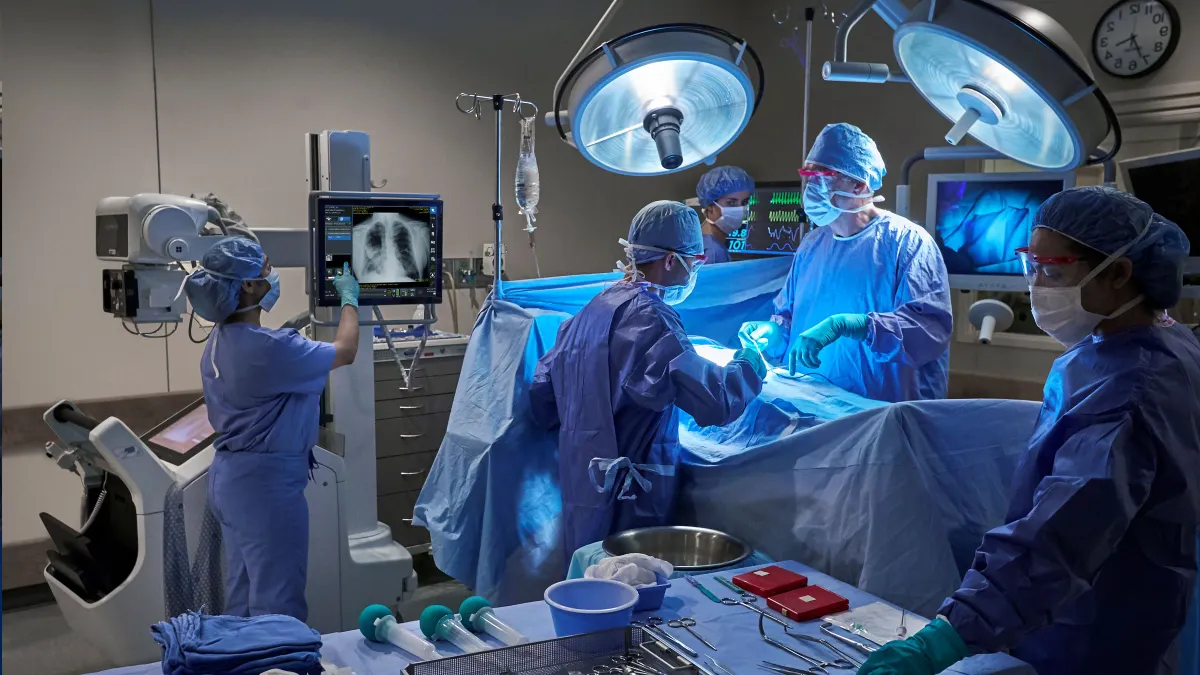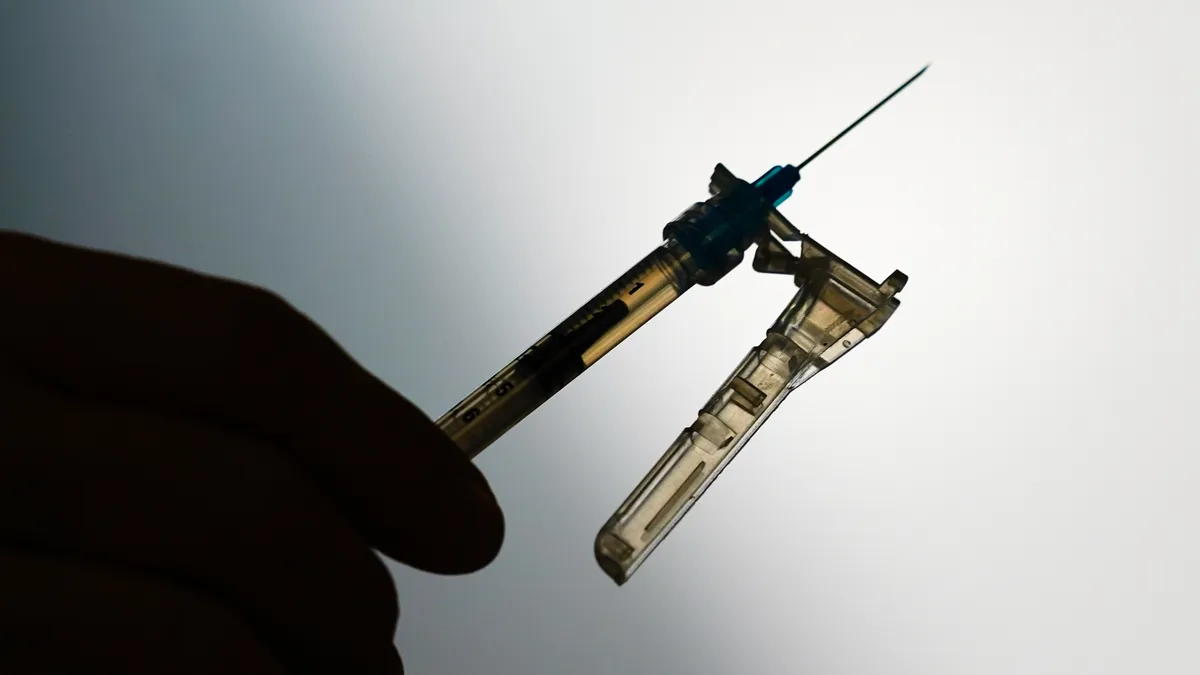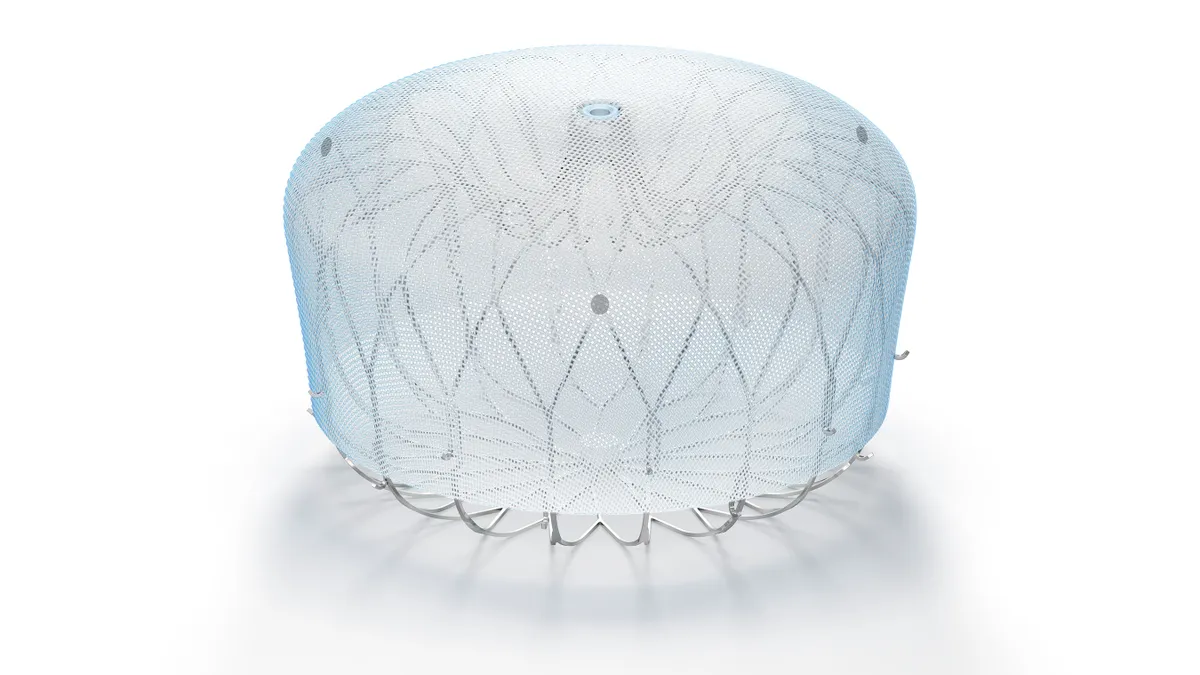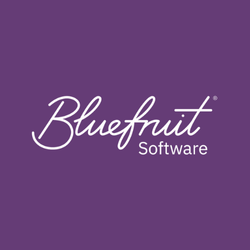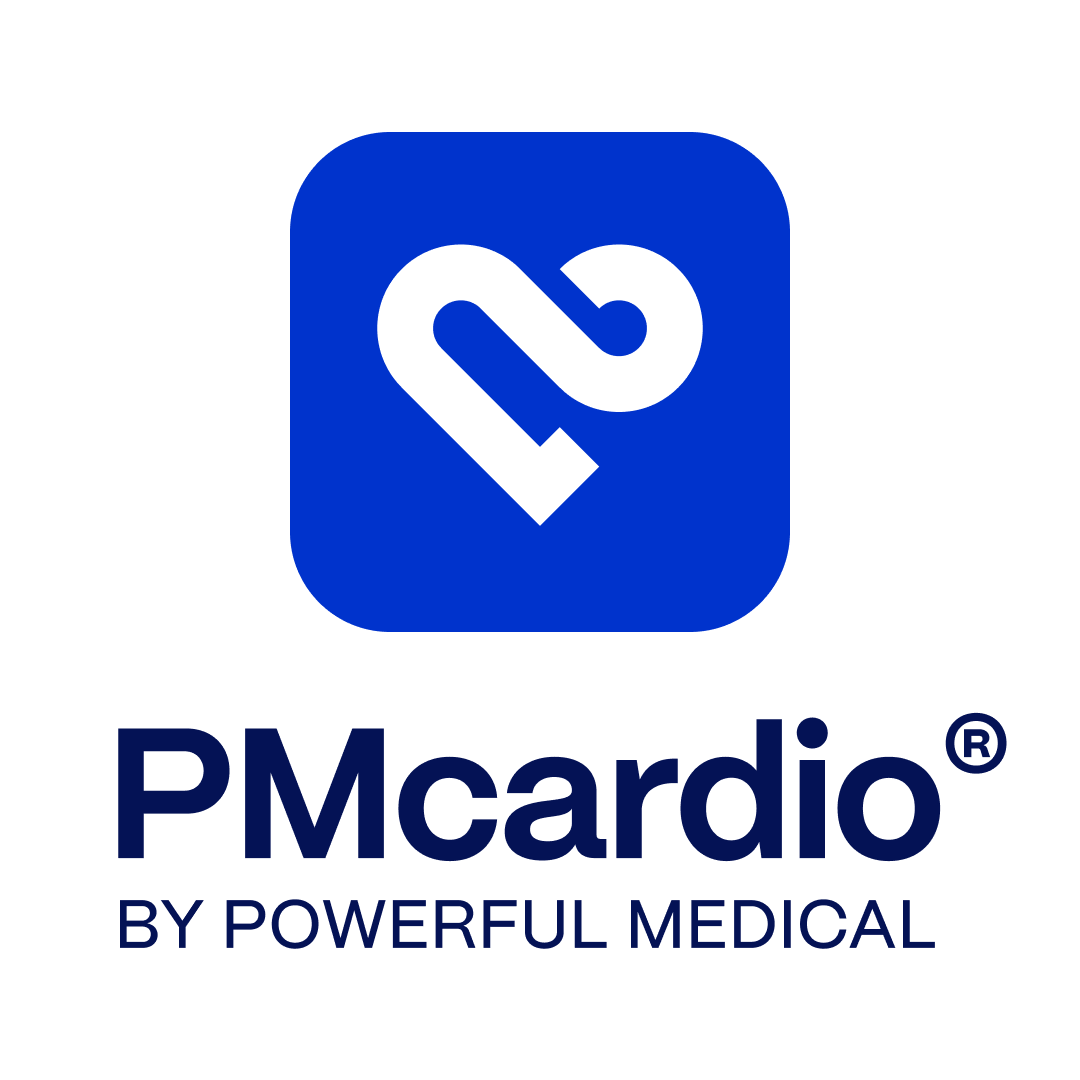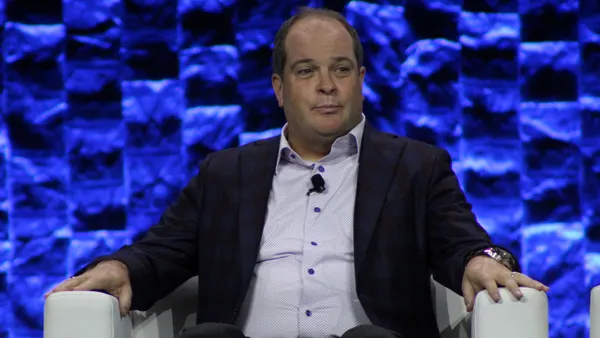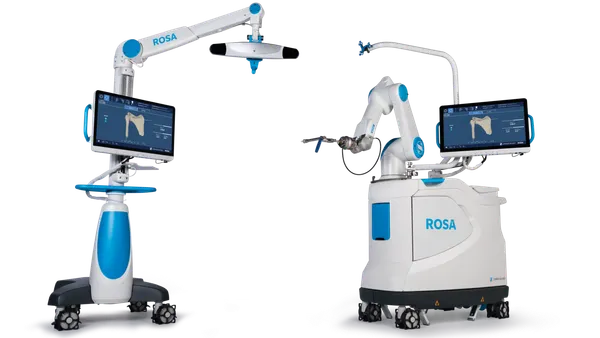Artificial intelligence has become a buzzword in the medtech industry as more medical devices incorporate the technology. Device companies are using AI to speed up imaging, triage CT scans for serious conditions and identify potential heart arrhythmias.
The Food and Drug Administration is also fielding more submissions in recent years, with the 235 AI devices authorized in 2024 being the most in the agency’s history. As of the FDA’s latest data update in July, the device center had authorized more than 1,200 AI devices since 1995.
The majority of AI devices are in radiology, but the technology is becoming more prevalent in other specialties, such as cardiology and neurology.
Regulators face a challenge as generative AI, which can create text and images, and foundation models, large-scale models that can be used for numerous purposes, gain traction among developers.
MedTech Dive is tracking the FDA’s list of authorized AI technologies to understand which companies are developing the most AI devices and how those products are used.
The information in the table below is based on the FDA’s list of AI- and machine learning-enabled devices. The database will be updated as new data is available.
Authorized AI/ML devices
Methodology:
MedTech Dive downloaded the FDA’s list of AI/ML-enabled medical devices on July 31, 2025. The FDA last updated the database on July 10, 2025. The FDA compiled the list using product codes and device summaries. The list is not exhaustive, but it is intended to represent devices that incorporate AI/ML across medical disciplines, the agency said. The definition of a device includes hardware and software features. The FDA sometimes adds older devices to the list.
MedTech Dive collected information on each applicant and whether a company was acquired for its analysis. In cases where a company was acquired multiple times, the most recent parent company or majority owner was listed. One exception is Siemens Healthineers, which is majority-owned by Siemens. Parent companies were defined as firms that make a product, and private equity and investment firms were not listed.
MedTech Dive also collected classification information from each filing to provide a description of each device. In a few instances, the classification field is empty because the filing didn’t contain that information.
We made edits to reflect MedTech Dive’s editorial style.



